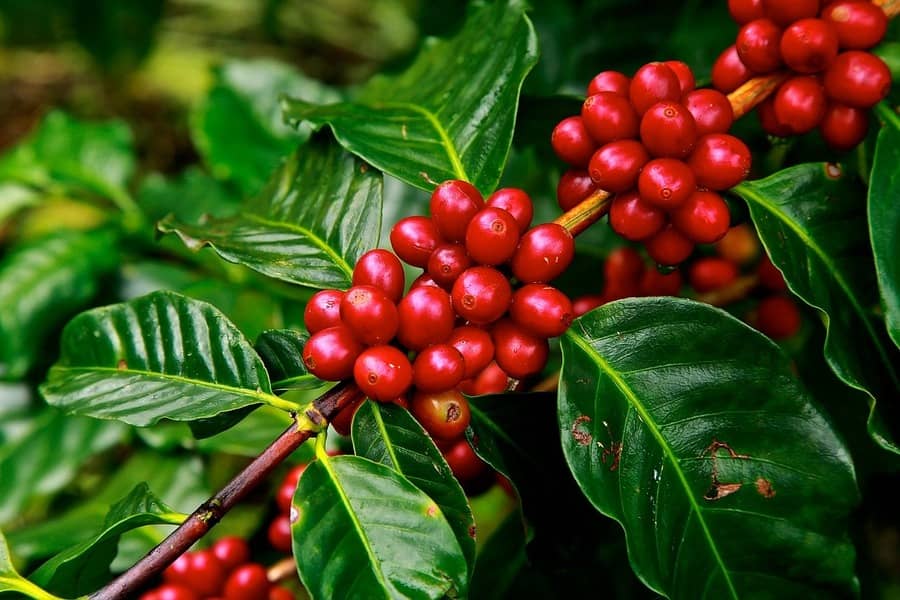Porto Alegre, February 23, 2024 – Generally speaking, the global coffee market is still thinking more backward than forward. This reflects the impact of the lower-than-expected robusta production in 23/24, given the disappointment with the Vietnamese crop, and incorporates the problem in the Red Sea, which affects both the Asia-Europe route and the robusta coffee flow, strengthening gains with the futures, especially in London. Vietnamese growers are holding back their sales, which forces greater aggressiveness from exporters who need to close positions after the Lunar New Year, reinforcing the feeling of tightness and helping to support robusta prices on the international market.
It is important to highlight the action of funds, which hold a net long portfolio with over 60 thousand coffee contracts on ICE US and help inflate the commodity prices. These agents seek protection in commodities in the face of financial insecurity, in the face of the Fed’s lack of definition regarding the beginning of cuts in US interest rates, and geopolitical fears regarding the conflict in Ukraine and the Middle East. In any case, this is a look in the rearview mirror, as the vast majority of factors have already been assimilated by the market since the last quarter of 2023.
Furthermore, it is important to point out that the global coffee market is in a period of transition. After two seasons of production deficit, the 23/24 season was the first one that generated a surplus in global supply. A small surplus, it is true, but it marks a change. Looking a little ahead, we can already see Brazil’s 2024 crop, which should be larger than that reaped last year. In April, a new production cycle also begins in Indonesia, increasing the supply of robusta in Asia. Without the influence of the El Nino phenomenon, expectations are growing for a large crop in Vietnam. The potential is between 30 and 31 mln bags. Should this production estimate be confirmed, there might be a new supply surplus, thus reinforcing the future idea of slack in supply and weaker prices.
These two visions coexist to a certain extent in the commodities market at the moment, justifying the sideway behavior of prices and the negative curve between maturities (inverted market). Understanding these differences is important to calibrate trading strategies for 2024.
Copyright 2024 – Grupo CMA

